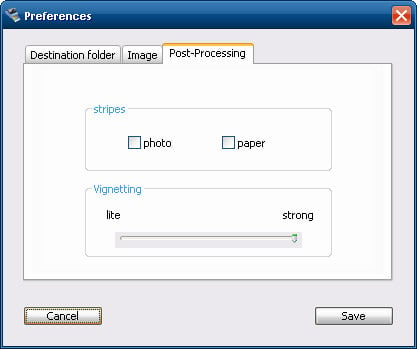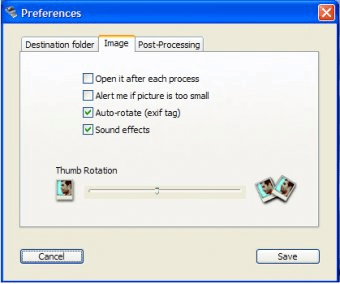
We further find that the definitions show few explicit linkages of the circular economy concept to sustainable development. Our findings indicate that the circular economy is most frequently depicted as a combination of reduce, reuse and recycle activities, whereas it is oftentimes not highlighted that CE necessitates a systemic shift. For this purpose, we have gathered 114 circular economy definitions which were coded on 17 dimensions. The aim of this paper is to create transparency regarding the current understandings of the circular economy concept.

This paper provides further evidence for these critics. However, critics claim that it means many different things to different people. The circular economy concept has gained momentum both among scholars and practitioners. Context-sensitive evaluation tools and open sharing of outcomes are needed to develop participation design principles capable of supporting creativity and criticality in participatory futuring. However, there remain challenges in evaluating how well various participatory designs support creativity and criticality in practice. Based on these examples, we demonstrate that creativity and criticality, when combined, help people break through the limitations of current understanding, reveal approaching tipping points, and find the “unvisited cavities” through rhizomatic knowledge creation. This article analyzes three experimentations in entangling and elevating creativity and criticality in game-based futuring, stemming from Causal Layered Analysis. Fourth, creativity and criticality support the rigorous imagining required for exploring and discovering new possible futures. Third, discontinuities are the main sources of futures that are most radically different from the present and will have the biggest impact. Second, novelty is difficult to achieve in practice while creativity and criticality can help overcome these challenges. First, due to complexity and uncertainty, the future is ultimately unknowable and requires tools to probe the unknown.

This article offers four arguments for combining creativity and criticality in participatory futuring engagements.

We claim that participatory processes designed to entangle and elevate creativity and criticality produce more novel and varied ideas that better fit the purposes of futures studies. Selected concepts from creativity theory and critical futures studies are applied to develop a set of futuring games through action research. This article proposes that creativity and criticality not only can but should be entangled and elevated in participatory futuring engagements.


 0 kommentar(er)
0 kommentar(er)
